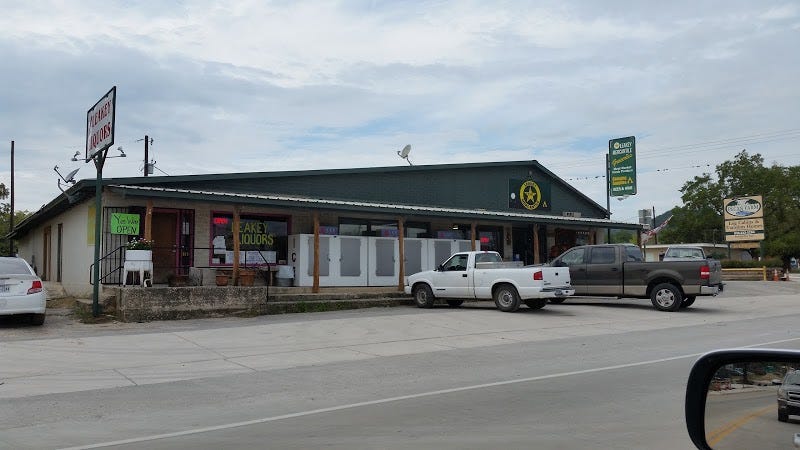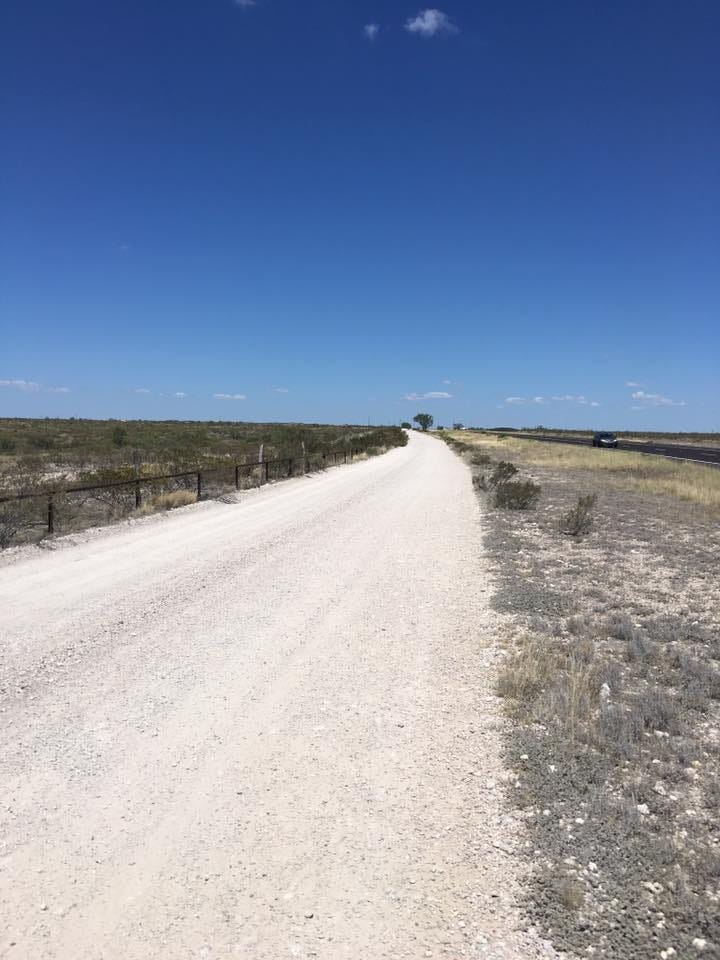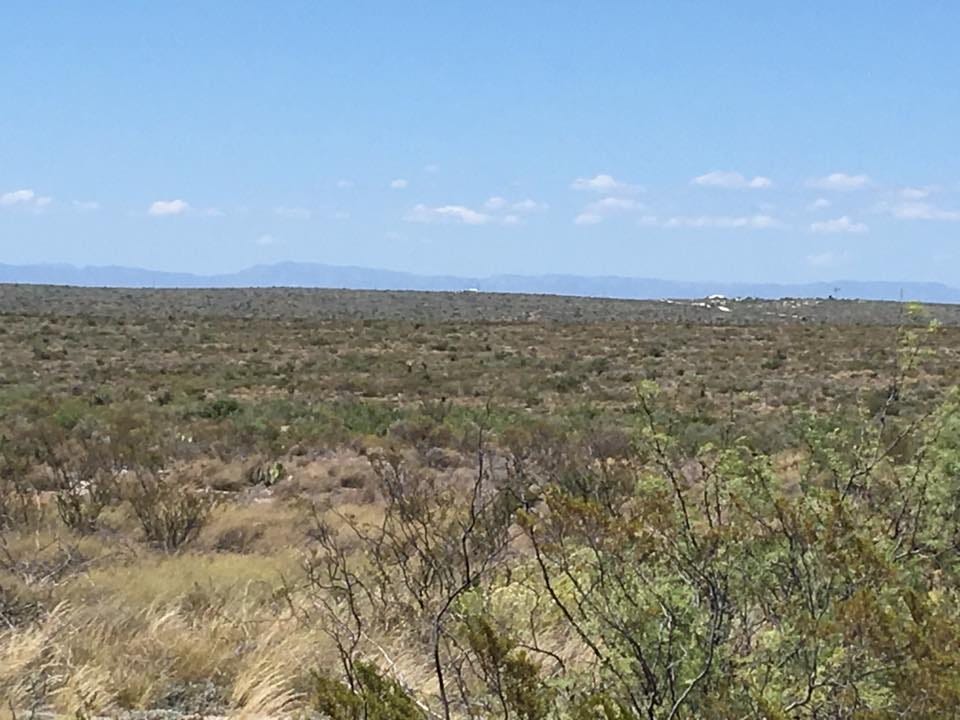What's the Matter with Texas?
(Thanks for stopping by and taking a look at Texas to the World. If you like what you read, please consider a subscription. I appreciate paid and free; I’m trying to build an audience and maybe earn a little for my time and effort. I hope you will like and share this work with anyone you think might be interested. - JM)
I had been rolling down Ranch Road 39 beneath the tall cypress trees that separated the pavement from the crystalline waters of the Guadalupe River. Moving toward the October sun in the west the light sent fluted shadows across the roadbed that gave the flashing illusion of varying speeds and distance, which were beyond the control of my throttle. Water in the river appeared living and splattered with reflective diamonds of light making a slow flow several hundred miles from the Hill Country to San Antonio Bay down on the Gulf. There are few routes more enchanting in all the 313,000 miles of pavement in Texas.
A group of friends was meeting for a camping trip at a grassy spot on the banks of the Frio River outside of Leakey. When I descended the steep drop on Highway 83 off the southern edge of the Edwards Plateau, a wide expanse of green filled my entire field of vision through the motorcycle helmet windscreen. The Frio, just to the east of the blacktop, also took its cool, clear waters, like the Guadalupe, from the vast underground sea known as the Edwards Aquifer. The Sabinal River, further eastward, and the Rio Frio, join in the limestone canyons south of Leakey and run off to fill Choke Canyon Reservoir. The Nueces moves along chalky bluffs to the west, often high enough to look like crenellations of some forgotten Spanish explorer’s fort.
At the intersection in Leakey, I stopped at the small mercantile store where campers and weekenders in Airbnbs gather up food and supplies, rubbing shoulders in the narrow aisles with locals living a few hours too many from an HEB, the iconic Texas grocery store. There was a railing that looked a lot like a hitching post out front but it served more as a wheel stop for Ford 150 pickup trucks than as a convenience for tying up horses being ridden in from ranches. I tossed my food and drink into the motorcycle’s top case and sat a bench to relax and wait for my buddies’ arrival, and I caught up with election news on my phone. In a few weeks, President Obama was going to be reelected. Texas, though, was not about to contribute to his governing successes. Republican Mitt Romney was to carry the state by more than 16 points.
The gap was stunning. I had been writing and reporting on politics in the state since the mid-seventies and held onto a notion the population was moving away from its mythology of a frontier ethic, but there were attitudes too sturdy to budge. Many of them were unsettling, which I heard articulated by two cowboys sitting not ten feet distant. They looked like extras or James Dean stand-ins on the movie set of “Giant,” with the brims of their hats tilted low against the sun and their boots propped up on their truck bumpers while they both sipped beers. Texas cliche’s die hard. The duo appeared around fifty years of age and their jeans and denim shirts were stained by the sweat and dirt of outdoor work.
“The rest of this country’s lost its goddamned mind,” I heard one of them say. “They say he is gonna win again.”
The speaker was nearest to me, a man with a large blade of a nose protruding over a soft chin. I could not see his eyes but assumed they expressed his anger. Words sounded as if he had ground them up a bit before they left his mouth.
“Ain’t anything we can do about it,” John. “What’s voted is voted.”
“I wish to hell he’d come down here. Down to Texas.”
“What in god’s name for? You gonna have a little chat with him to change his political thinking?”
“Maybe not, but I’d sure as hell let him know we don’t like the idea of no damn n****r in our White House. Don’t matter how much time he spent at Harvard, he’s still a n****r and it ain’t right.”
“Did you even get through high school, Johnny Boy? You know it was a Texan, LBJ, who give them n****rs all their rights.”
“He didn’t give ‘em no right to be president, did he?”
“No, but the voters did, and we gotta live with it. Four more years, if he wins like they say he will.”
They popped open two more beers and I got up and walked to the motorcycle without looking in their direction. As I pushed the bike backwards, the cowboy nearest me appeared to scowl as if I had been expected to partake of their conversation. I started the engine and rolled off wondering if I had passed through a time warp when I entered the Frio River Valley.
I still believe I know Texas, but I have never understood it. Hypocrisies are more abundant than legends and myths, which is a part of what makes the state so appealing to journalists. Ironies and blunt contradictions slap even casual observers across the face. The geography and resources are vast and epic and give rise to characters and narratives that often defy logic. I once had a reporter from a London paper explain to me why he was moving to the state and he said, with more than slight smirk, “Because the only two certainties in journalism are death and Texas.” He was, of course, correct, and the proof was over a rise from where we stood: the burned down Branch Davidian compound where dozens had died.
Because of its size and diversity, Texas has represented a microcosm of America, economically and politically. Politics here have had profound national influence, and not necessarily always for the betterment of the nation. Conservatism, in both Democratic and Republican parties, have steered state policies, but until 1978, Texas had not elected a Republican governor since the Civil War Reconstruction era. Four years later, Democrats held every statewide office, though the distinctions between the two parties and their positions on key issues were difficult for most voters to identify. There was a period when a Texas Democrat, relocated north of the Red River, could have been mistaken for a standard issue Oklahoma Republican conservative. Today they are indistinguishable, one from the other.
We pitched our tents and made a modest camp close by the Frio in the state park. Mexico was less than 100 miles to the west, and we were riding out in a few days to trace the Rio Grande toward the Big Bend. After living on the border for about five years as a young man, I had concluded Texas might perpetually be in the process of figuring out its relationship with Mexico and what it means to the state and its Hispanic population. In fact, the abiding puzzlement over immigration and even border walls has increased complexity of the matter and made it appear more intractable. Corporations racing to Texas and most of the business community are conservative and publicly claim to desire an end, or at least a dramatic reduction, in immigrants from Mexico and Central America. In fact, they do not. Their complaints about la frontera are mostly performative because their profits and the economic viabilities of their companies rely on cheap labor from south of the big river.
Westward, we traveled U.S. Highway 90 beyond Del Rio. After we crossed the high bridge over the Pecos River, near where it empties into Amistad Reservoir, a dirt track materialized along the road’s shoulder. There seemed no purpose to its existence, and in some places the wide path followed along on both sides of the highway. The neophyte traveler on those desert reaches are undoubtedly stumped and might think it was a rural version of a breakdown lane. Instead, it is a remote defense against illegal immigration. Border Patrol vehicles drag the dirt tracks by pulling old tires behind their SUVs and then return hours later to see if the smoothed surfaces show footprints. Agents then call in the coordinates to aircraft patrolling the region or they simply turn their vehicles into the brush in the direction the toes were pointed, north, of course.
The distance between that road and the international border can be more than 50 miles and it is pure desolation. Cholla and ocotillo barbs tear at clothes and skin. There is no source of water after the river, or shelter from the sun. Heat can be fatal. The desert floor is home to rattlesnakes and scorpions and feral hogs roaming and searching for food. Any immigrant crossing those barrens, should they survive, would reach U.S. 90 and be exposed to arrest. If they can cross the highway undetected and cover their footprints in the dirt track, at least 80 more miles of brutal open country confronts them before they would reach an Interstate with traffic racing down divided lanes. What hope is it that they carry that makes them put at risk their very existence? The U.S. government seems to be spending disproportionate amounts of money on Highway 90 to impede a handful of determined travelers, people of such great force of will they would probably make fantastic and grateful employees for any business.
The political calculation regarding immigration in Texas, and in the rest of the U.S., is disgustingly hypocritical. Newcomers are demonized with multi-billion dollar border walls and TV commercials and speeches making them out to be evil child killers from the dungeons of the undeveloped world. In actuality, they really are the affordable labor that builds new homes in Texas, picks the Pecos Valley sweet cantaloupes, packs the citrus from the Rio Grande Valley, washes dishes and cooks in restaurants, harvests the grain in the South Plains, and works for wages generally unacceptable to Americans. The homebuilding industry in Texas would collapse overnight without the labor of undocumented workers. They are strong, fast, and reliable laborers who bend their backs to whatever the task at hand and that includes paving roads across the state or constructing high rises in Houston and Austin. One Texas homebuilder told a recent governor of the state he would continue to support him even if he campaigned against immigrant labor but he would pull his money and vocal backing if the governor tried to pass any meaningful legislation. A deal was cut. If conservatives were truly serious about ending illegal immigration, a new law would be on the books that made it a felony to hire anyone without proper documentation. That, of course, will never happen.
Racism is at the heart of these attitudes. Whites do not want to give up control even as the state, and, eventually, the nation, becomes majority minority. As of recent census data, non-Hispanic white Texans make up less than 40% of the state's population, with Hispanic, Black, Asian, and other minority groups comprising the majority. Whites might need workers but they fear surrendering their political control, which is already happening across the state. The governor is spending billions on a border wall to keep out Mexicans even though the country is the U.S.’ largest trading partner. The border economy involves $1.5 billion dollars in trade each day between the two nations, and China and other countries are beginning to invest billions in Northern Mexico to take advantage of “near shoring” to U.S. markets. How does the blight and the message of a wall help facilitate economic and diplomatic relationships with our largest trading partner?
Demographically, it is already obvious change is afoot. There may someday be a Mexican president who stands on the south bank of the Rio Grande and looks up at that monstrosity to bad politics, and shouts, “Madam President, tear down this wall.” Until then, the Texas governor will keep spending relentlessly against perceived enemies while he refuses pay raises for the state’s school teachers and stops the expansion of Medicaid even though he presides over a population with more than a million uninsured children living in poverty. Despite its great diversity, Texas has only elected one black person to statewide office, a justice to the Texas Court of Criminal Appeals in 1990, which means the U.S. Senate candidacy of Collin Allred has the potential to be symbolic and profound change. The Democrat is near even with Ted Cruz in polls and is running 4-5 points ahead of Vice President Kamala Harris. Those numbers are a clear indication voters have issues with Cruz. It also means Harris is not likely to carry the state in the presidential election, and much of the failure can, ultimately, be assigned to her skin pigmentation.
A half century later I am still looking for an answer to explain this state: What the hell is the matter with Texas?






A generation or so of miscegenetics between the sheets should take care of this issue. Until then, Texas be Texas. It would, however, help speed up a better answer to What's the Matter with Texas if Dems would quit not voting. This would be a good time to initiate this important aspect of citizenship.
Embarrassingly accurate analysis of the state of our Texas. The disconnect from reality of the truth and the fiction of our relationship with Mexico is confounding. A number of years ago I assisted as a lawyer and individual with the creation of US/Mexico Consulting, assisting a Mexican resident of the US. He was capitalizing on the demand IN MEXICO for business relationships in the US, primarily Texas. The disconnect I reference and you so correctly focus on was abundantly and forcefully clear. Mexicans investing in Texas while our leaders were badmouthing men and women who only wanted a better life for their families. Perhaps as the skin color “gap” continues to flip we’ll see a change in attitudes as well. I’m not sure I’ll see it - I’m 77 - but perhaps my grandkids will. Thank you as always for your well written view of our world from a perspective I share.